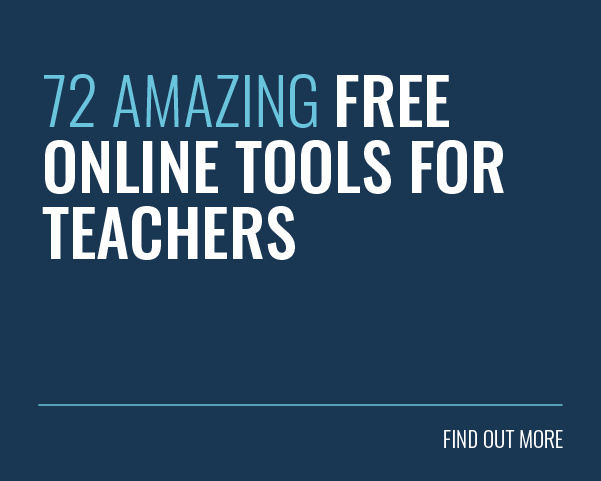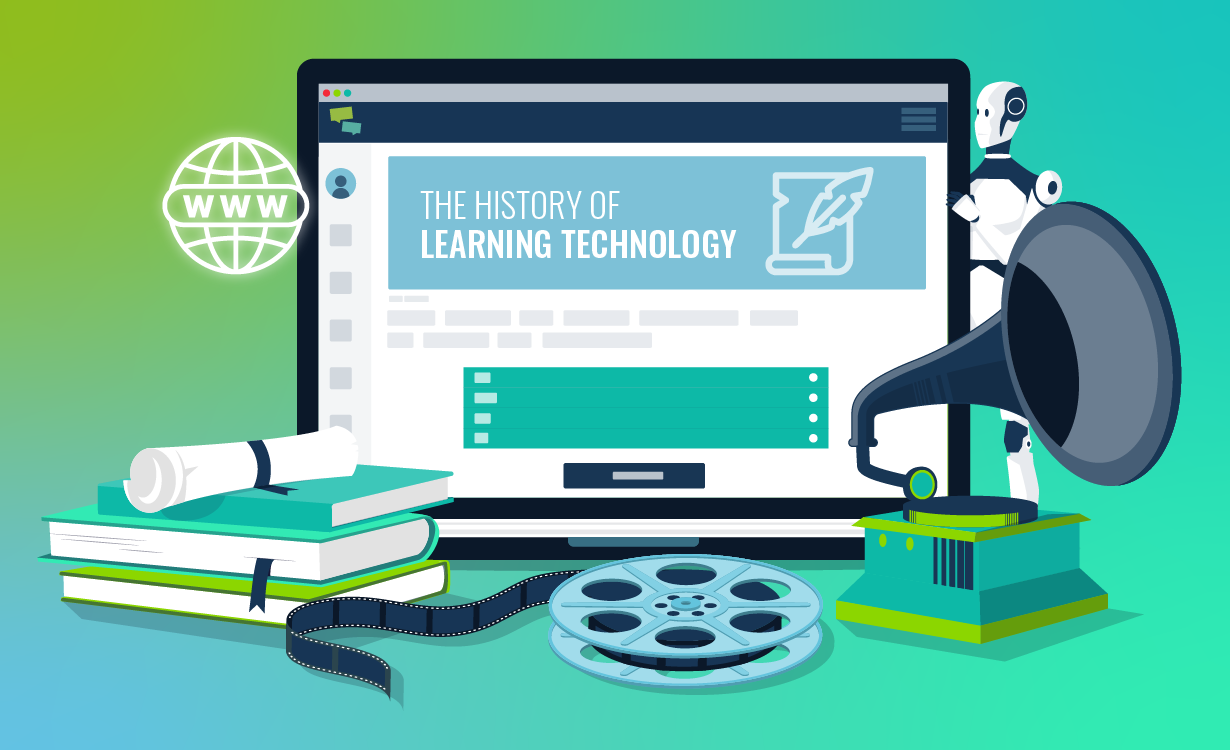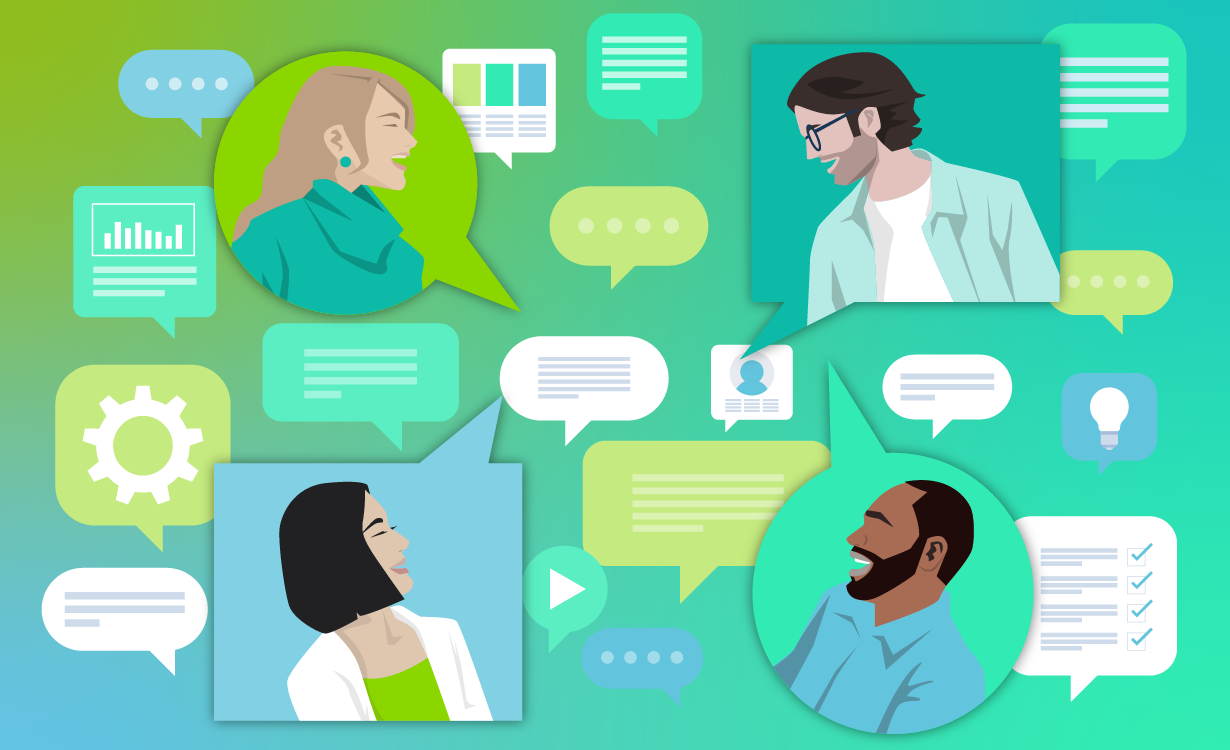Pushing and pulling sounds like a violent scene from a Black Friday deal stampede. But, these also happen to be useful terms to understand in a learning and development context.
Both push and pull are useful techniques that stem from the world of marketing. In this context, pushing and pulling are used to describe the different ways in which a customer or potential buyer will find and purchase a product.
A push strategy involves shoving your product out there for your customer to see! Traditionally this meant sending someone a leaflet or brochure, but now you see it in the form of email marketing and paid advertising on search engines and social media.
A pull strategy, on the other hand, is about bringing the customer to you. With the entirety of human knowledge available at our fingertips, we’ve become pretty good at doing our own research.
However, these examples relate to marketing. Here at Growth Engineering, we are all about learning and development. As such, let’s explore how push and pull approaches work in the learning space.
Buckle up and get ready to learn!
What Is Push Learning?
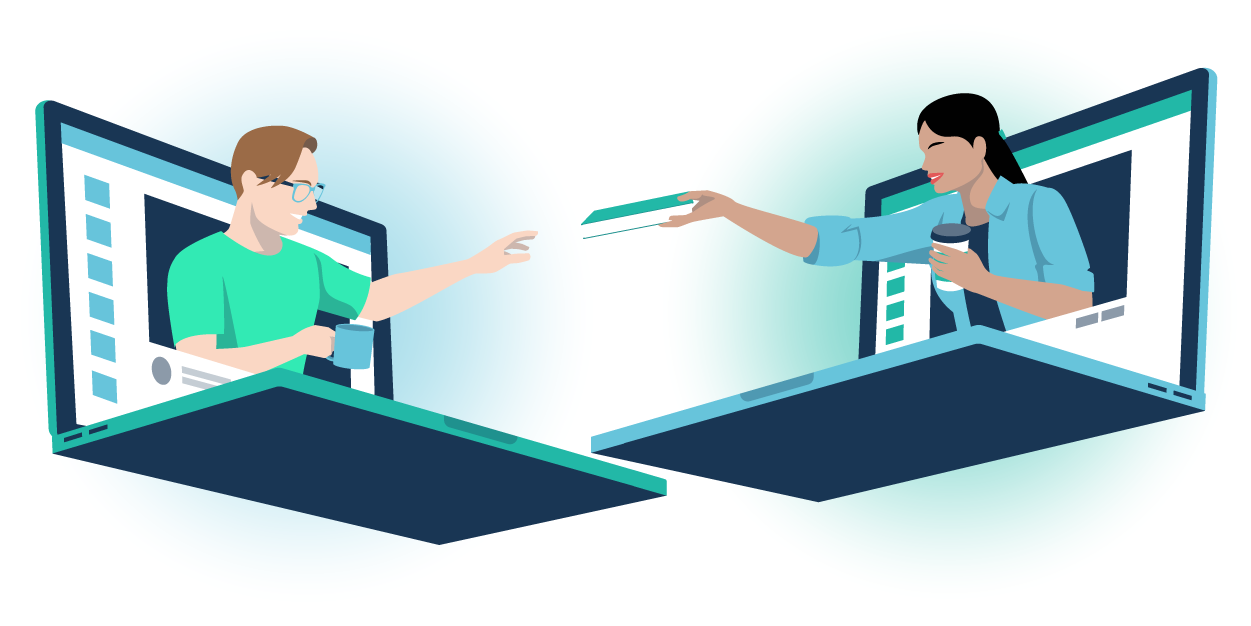
Push learning is a technique we typically associate with traditional instructor-led learning, where learners are informed of what to learn and by when.
Most of us have experience with push learning from the early years of education, where information is delivered in classroom sessions. However, it can also happen in an online learning environment.
For instance, scheduled sessions of online learning and mandatory training content sent to learners on a learning management system (LMS) are a form of push learning.
Regardless of the training delivery method, push learning follows a set cycle. Learners work through an assigned mandatory module and typically take an assessment to test their knowledge. They’re then pushed the next piece of content and continue on their journey.
What Is Pull Learning?
As you might expect, pull learning is the opposite of push learning. It puts learners in control of what they learn and when they learn it. Learners actively look for information where it exists.
As such, it’s a type of just-in-time learning where the experience is tailored to each learner’s needs. This is extremely useful in today’s on-demand environment.
Pull learning encourages autonomy and allows learners to take ownership of their training. They can access information at the point of need and focus on topics that can help them tackle their specific skills gaps.
As learners take an active role in pull learning, this raises the question of what prompts them to select specific learning content. There are a few forces at play here:
- Curiosity: If your learners are curious about a topic, they are likely to seek out answers by themselves.
- Staying Relevant: If your learners want to stay on top of the latest thinking, research and innovations, they’ll be motivated to seek out this knowledge.
- Just-in-Time Need: Some learners require access to information at the point of need. This might help them to close a sale, learn a new tool or get to grips with updated regulations and legislation.
- Growth: Some learners seek information to progress in their personal or professional lives. For instance, they may wish to gain a new skill they need to get a promotion.
With this in mind, pull learning works best when the learner is:
- Self-motivated to acquire new knowledge
- Self-aware enough to know where their skill gaps lie
- Open to spending time searching for relevant content
- Confident in self-directed learning
Pushing or Pulling: Which Is Better?
Both push and pull learning come with advantages and disadvantages:
Advantages and Disadvantages of Push Learning
Due to the rigid and popular nature of push learning, it has some natural benefits. For exam
ple, your learners are familiar with the format, and you can easily confirm course completion.
Some less self-directed learners might even prefer push learning. After all, they get pre-scheduled training in front of them and they don’t have to worry about searching for resources or evaluating their quality.
Similarly, there will always be learning that people need to complete in a certain time frame or format. For instance, most job roles require specific certifications or qualifications that are valid for a set time period.
However, from your learners’ perspective, push learning is a relatively passive model. After all, learners wait for the information to reach them. As such, they don’t actively go out to look for resources or training materials.
This passive role is one of the biggest downsides of push learning. If your learners aren’t actively engaged, it becomes very easy for them to block, ignore or fail to absorb key information. What’s more, they might become reliant on pushed content and fail to fully embrace important optional learning experiences.
In addition, push learning is a time-consuming method. Your learners rely on your scheduling, communication and reminders to take on some training. Making sure each learner gets relevant content pushed to them at the right time can become an administrative nightmare!
Advantages and Disadvantages of Pull Learning
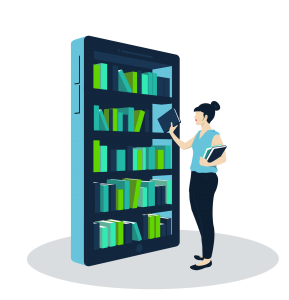
Learners are more web-literate than ever before. As a result, most of us are experienced in hunting down information as we need it. Think about the time you spent on YouTube teaching yourself how to knit or looking up a new recipe online.
As such, pull learning comes more naturally to today’s modern learners. They are already familiar with searching for information and evaluating the quality of the resources they find.
It’s no wonder that pull learning is getting more and more attractive in the learning and development landscape. New technology makes the technique widely accessible as learners have a vast online library full of relevant resources at their fingertips.
By being able to access information at the point of need, learners can keep up with today’s fast-paced world. After all, they no longer have to wait for your company to organise their training. Instead, they can access a variety of learning resources whenever they want.
Pull learning also makes it easier to tailor training to each learner’s unique needs, skills gaps and preferences. Furthermore, learning technology makes it easy to evaluate and measure the results from pull learning.
However, pull learning also has its downsides. In fact, as we explored before, the method relies on learners being self-motivated individuals who have the knowledge, skills and self-awareness to choose the optimal learning resources.
This is not necessarily the case and may lead to ineffective skills development for individuals who prefer more guidance.
Similarly, we know that employees have, on average, just 24 minutes per week to devote to training. While pull learning provides much-needed flexibility, it also leaves it up to the individual to fit their training into their diaries.
So, Should I Push or Pull?
Both!
Even though traditional push strategies sound rigid and somewhat outdated, we still need the approach. However, issues can arise if organisations only use push learning and fail to capitalise on the huge opportunities pull learning brings.
But pull learning alone is not the answer either. As such, balancing them both in your training programme is the key to success and learner engagement.
As we have explored, the biggest difference between these methods is the decision-making behind the learning. In push learning, an outside authority, whether that’s a teacher, L&D professional or an organisation, decides what the learner needs to learn.
Pull learning, on the other hand, allows learners to make this decision. From a learner’s perspective, the difference could look something like this: “You need to learn this” versus “I want to learn this”.

If you combine push and pull learning strategies, you can take the best of both worlds. It allows you to create a training programme that guides learners and provides necessary training while also promoting learner authority and self-directed learning.
It will also become easier to bridge your learners’ unique learning needs. After all, you can push them towards the basics of the topic and then encourage them to pull learning content that helps them to overcome their specific issues.
Understanding how to combine these techniques is easier after you comprehend how they can be used in learning in the first place. As such, let’s have a look at some push and pull learning strategies!
Push and Pull Learning Strategies for Learner Engagement
Ultimately, combining push and pull learning will help you to boost learner engagement. This, in turn, means you will see better results and improved training ROI.
There are various ways these approaches can be used to engage your learners. While some of the examples below are harder to classify strictly as push or pull strategies, they will give you an idea of useful techniques.
Push Learning Strategies
- Present content in a visually interesting way and use your branding throughout the training programme.
- Provide learning pathways, either in Level or curricula format, so that your learners can see the journey ahead of them.
- Vary your content formats, using, for example, videos, animations, interview transcripts or infographics.
- Use narrative within your training content and tell a memorable story.
- Start with a relevant problem and solve it as the content unravels.
- Use real-world examples and case studies to relate content to your learners’ personal and professional goals.
- Create a personal connection by highlighting WIIFM (‘What’s in it for me’).
- Emphasise possible negative repercussions of not understanding the topic at hand.
- Sprinkle in activities that your learners complete as they follow along with your training programme.
- Use approaches like social learning and gamification.
- Push learning content in set intervals, for instance, once a week, so that learners come to expect regular learning opportunities.
Pull Learning Strategies
- Create a library full of learning content and provide access to all learners.
- Create social spaces and host regular events and conversations to encourage social learning.
- Provide helpful tips, tutorials and ‘how to’ resources.
- Make learning interactive with approaches like scenario-based learning and game-based learning.
- Set challenges or present problems that require your learners to research or explore content.
- Incentivise learning, content completion or digital learning activity with virtual or real-life rewards.
- Use user-generated content in your training resources.
- Involve learners in the design of their assessment briefs and marking criteria.
- Include practical activities that help learners tackle real-life challenges.
- Encourage healthy competition through gamification to motivate self-directed learning.
- Provide links to additional external resources where learners can continue their autonomous learning.
- Use gamification to provide instant feedback and opportunities for self-evaluation.
Applying Push and Pull Learning in the Digital Era
Now that you understand each approach better let’s explore how you can combine push and pull learning to create the ultimate training programme.
Learning technology, like learning management systems or mobile learning applications, has made it much easier to combine these techniques. Better still, modern learners are already accustomed to digital tools and online learning.
Let’s explore some of the digital learning features that help you to create a cohesive push and pull learning strategy!
1. Gamification
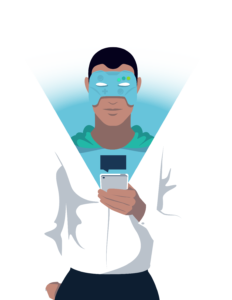
Gamification is the application of game mechanics to non-gaming environments. Gamification features, like XP, Badges, Leaderboards, Battles and Levels, are useful in both push and pull learning.
For example, learners can level up as they progress through their training programme. You can assign new content that becomes available at each level. As such, you push content to learners in the order of your choosing.
However, gamification also makes learning more fun and engaging. This, in turn, pulls your learners back to the learning platform. Similarly, by knowing the content is gamified and fun to explore, your learners are more likely to complete training without being pushed to do so.
2. Social Learning
Social learning is primarily a pull learning method. For example, learners can explore their Social Feeds or Clubs to find real-life examples, relevant discussions or other learners sharing useful resources.
In addition, learners can rank and rate content once they have explored it. This serves as a useful guide for other learners who are pulling content from the library.
One of our learning technology solutions, Growth Engineering LMS, also comes with a dedicated Experts Area. It’s an area where learners can pose questions to relevant subject matter experts (SMEs) within their organisation.
The answers to these questions are public, forming a useful resource for all learners on the platform. Your learners can gain additional insights and your pros get a chance to showcase their expertise. It’s the gift that keeps giving!
Of course, once your Q&A page is full of useful information, you can push your learners towards it and include it as a part of your training programme.
3. Personalised Content
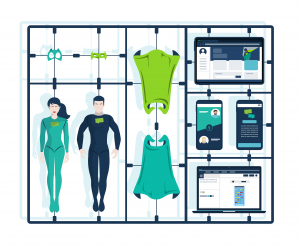
Your training content, and the programme as a whole, need to be relevant to your learners’ needs. The key is to ensure you provide personalised training.
Our LMS and learning app have a ‘My Things To Do’ section on the user dashboard. As an Admin, you can push the perfect content towards specific learners. This can include any training material within your content library.
And, of course, make sure to personalise the content itself. You can use name tokens and other personal elements to make the training more engaging and relevant.
4. Mobile Learning
Mobile learning is such a great addition to your pull and push strategy that it deserves its own point!
Most of today’s employees are familiar with mobile devices. In fact, over 86% of the global population owns a smartphone. The familiarity alone makes it a great learning tool.
However, mobile learning also improves accessibility. After all, we carry our mobiles with us everywhere. As such, learners can access and pull content whenever they want and wherever they are.
5. Push Notifications
Here at Growth Engineering, we love the power of notifications. On our learning app, we use push notifications. These alerts direct and inform learners and, in this case, push them back to the learning app.
Similarly, we recommend our LMS Admins to send email notifications to remind learners of new releases or content they should consume next. This gentle nudge helps to guide learners and remind them of their training.
6. Blended Learning
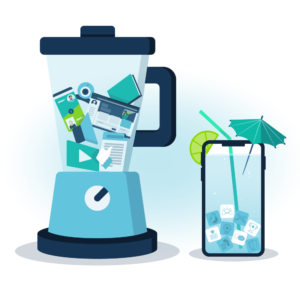
While we are digital learning pros, we also recognise the possibilities of blended learning. This approach mixes online learning with traditional classroom-based face-to-face sessions.
Blended learning is also a great way to incorporate both push and pull learning! For example, you can push learners towards specific content during your classroom sessions.
Learners can then use their online learning platform to explore additional content at their own pace. Similarly, they can take advantage of social learning features to expand their knowledge.
7. Narrative
Adding narrative to your training content is a fantastic
way to increase learner engagement! This is important, because engagement is the secret to success for any pull-focused learning approach.
As such, by weaving compelling stories into your training programme, you’ll keep learners coming back again and again. And, of course, training content pushed towards your learners becomes much more interesting when it’s bolstered with a compelling story.
8. Assessments and Quizzes
Evaluating learner performance is the backbone of training. After all, you need to understand how much their skills and knowledge have improved as a result of your training initiative.
Assessments and quizzes help you to analyse performance. Similarly, test results help you to uncover any remaining skills gaps. You can then push relevant content towards your learners!
Mid-content tests or quiz questions also help your learners access immediate feedback and opportunities for self-reflection. Based on their results, they can then pull and explore additional training content.
Final Words
Pull learning has been steadily rising in popularity, mainly due to advances in technology. Digital solutions have gifted us with the opportunity to improve our knowledge anywhere and at any time.
In fact, learners now have access to a library full of useful and relevant content in just a few clicks. They can pull resources to improve their knowledge at the point of need.
Nonetheless, push learning is still relevant, and it will remain important. After all, the guidance and structure it provides will always be needed where learning is concerned.
Put the two together, and you’ve got yourself a recipe for learning success! When combined, these techniques work in harmony to create robust learning experiences.
Eager to learn more about the impact technology has had on the L&D industry? Explore our Resources Archive today!


